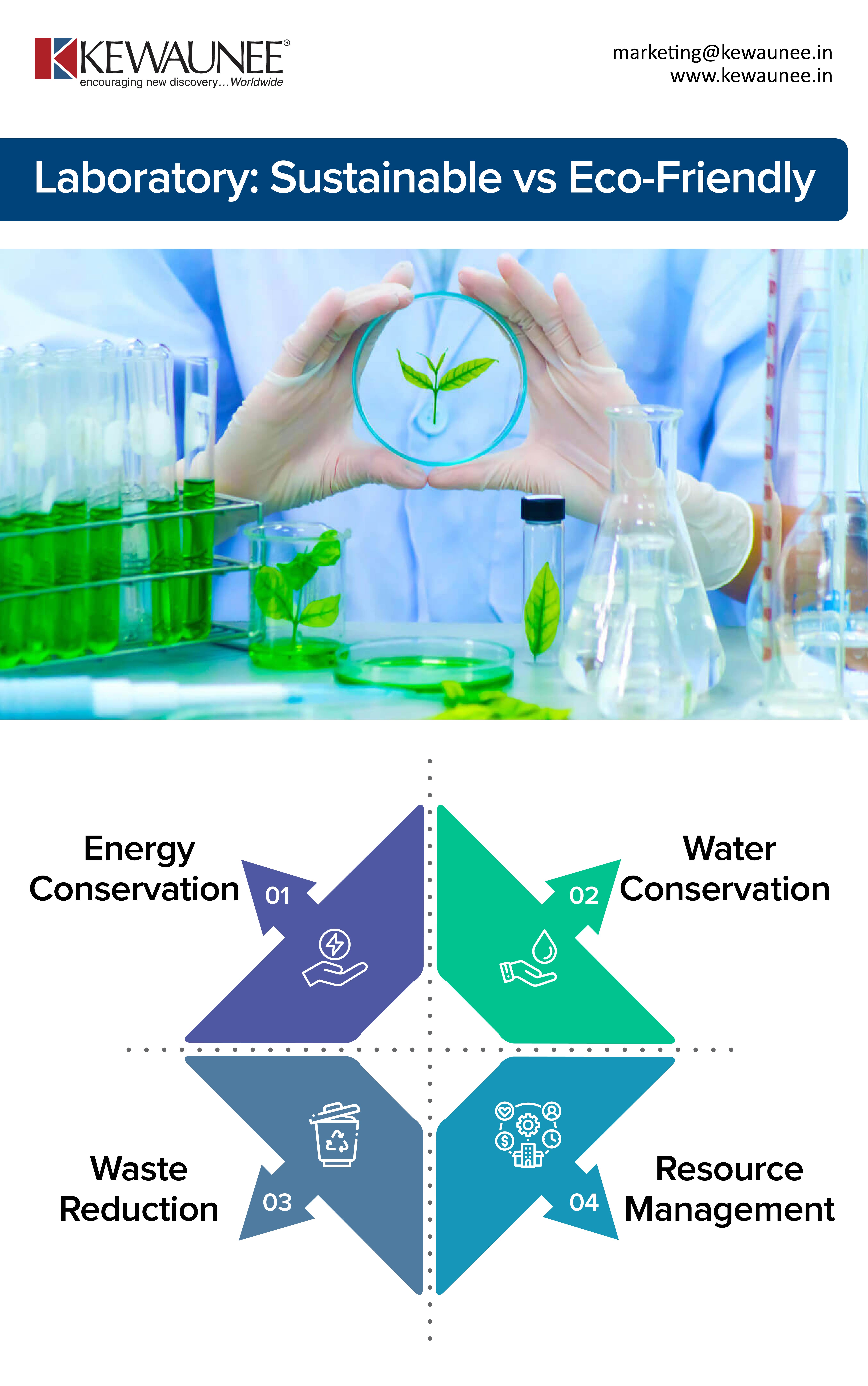Laboratory: Sustainable vs Eco-Friendly
Laboratory are getting greener and are increasingly becoming aware of the need for practicing eco-friendly and sustainable research. Whilst the terms sustainability and eco-friendly are used interchangeably, there is a difference.
Eco-friendly means “not environmentally harmful”. Eco-friendly in the laboratory context means promoting and adopting practices to prevent pollution and other actions detrimental to the environment.
Sustainably, on the other hand, is about the future. According to United Nations, sustainability is “meeting the needs of the present without compromising the ability of future generations to meet their own needs”. In the context of laboratories, sustainability takes a broader meaning to include practices and actions which doesn’t use too many resources or causing environmental harm, while generating environmental, social, and economic benefits.
Sustainability, therefore, has much higher standards, and encompasses eco-friendliness in its broader meaning.
The broad themes that can be adopted in a laboratory setting for sustainability are conservation, waste reduction, and resource management. Let’s explore them in detail in this blog.
| Theme | Best Practices |
|---|---|
| Energy Conservation | Labs are big consumers of energy & conscious conservation of energy can deliver significant environmental and cost benefits.
|
| Water Conservation |
|
| Waste Reduction |
|
| Resource Management |
|
Reference: EHS, Princeton University
Comments are closed.











